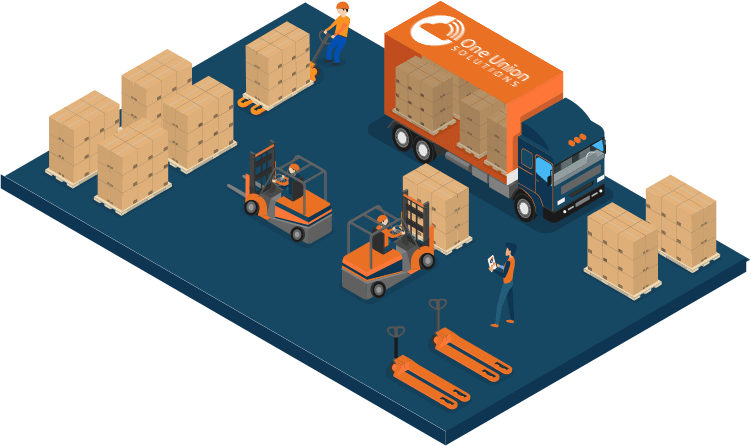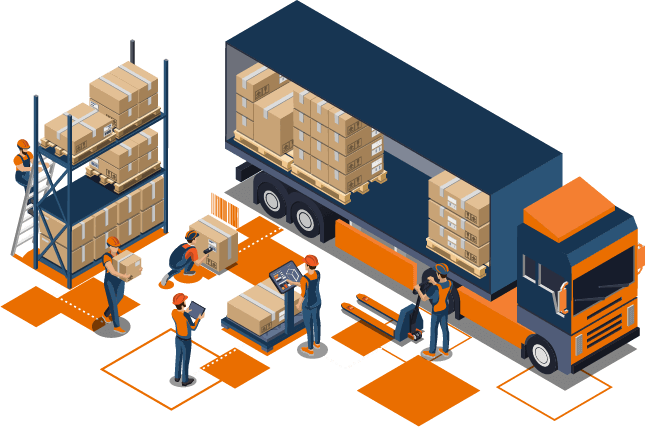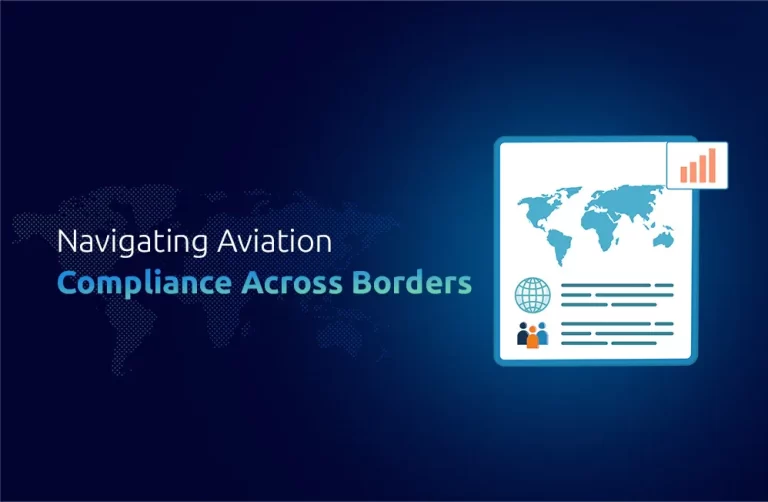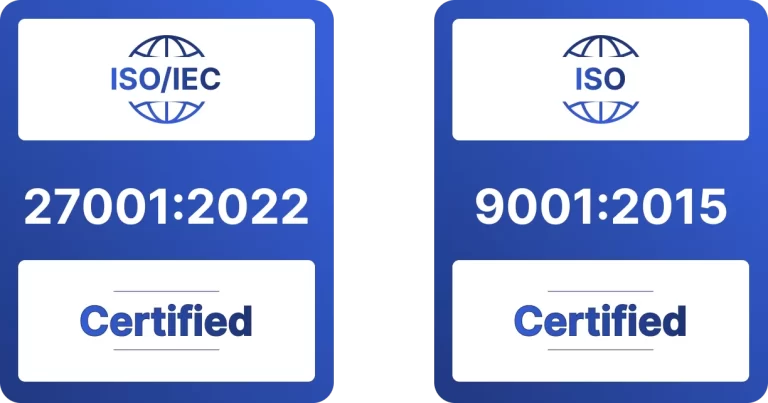Supplying a Wide Range of Industries in Australia with IT and Telecommunications Equipment
We take a “nothing is too hard” approach to problems as a business. Within each department, we have a large number of highly skilled specialists. Your shipments involving information technology entering or departing Australia will have One Union Solutions as the Importer of Record and the Exporter of Record. We’ll ensure your electronic, medical, aviation and automotive gear is legally imported into Australia. Our IOR services will help your IT, medical, technology, aviation, and automotive sectors flourish.
Tech industry:
When it comes to relying heavily on the IT industry, Australia is most certainly not alone. Finding skilled people, particularly those with IT degrees, is a consistent challenge for all these nations. Furthermore, it is common for graduates of IT programmes to be restricted to working inside a single nation. Many young Australians leave the country to further their studies or find work for reasons like these.
The Australian government has been a major proponent of this movement since it has worked tirelessly to establish Australia’s technology sector as a global powerhouse. In reality, the present administration is committed to achieving various technical objectives to make the country a global leader in information technology.
Australia’s firms have benefited greatly from the inflow of highly qualified individuals eager to take advantage of the sector’s expanding job market. They are drawn in by the country’s thriving economy and welcoming business environment. Many of these experts also like collaborating with other top players in their field.
Aviation industry:
Over the last several years, sales of aircraft test equipment have increased steadily. In 2023, airlines want to use AI and predictive analytics to improve the efficiency of their planes, taking us to new heights. Predictive maintenance and autonomous aircraft monitoring systems are two examples of how AI increasingly plays a pivotal role in the aviation industry.
Medical Industry:
At the novelty records level, 2023 is like a breakthrough in medical technology industry achievements. This invention has produced a number of health care tools that will transform the healthcare setting. For example, 3D printers are now employed as tissues-regenerating equipment; surgical robots improve precision in operations and new technology of medical imaging devices provide better diagnoses.
These developments are accomplished by international trade which is also a mainstay in the medical technology industry. For instance, Australia has made essential imports across various products on top of pharmaceutical goods and also machinery items from India. Total imports from India in 2022 recorded US$7.96 Billion of which AUS registered imports at USD $7.3 Millions
Additionally, a number of Australian companies import offshore manufacturing machinery from China. Many Australian businesses are earning a lot of revenue from importing parts and accessories from China. However it should be pointed out that all goods to Australia are liable for duties and taxes but exemption, or concession applies.
Thus, the medical technology industry does not simply encompass innovation in healthcare but also evolves through an intricate dance between international trade policy and regulation as well economics. It is an interesting moment indeed; we are now witnessing the unification of technology, economics, and global trade.
Automotive Industry:
The medical device business will likely establish a trend lasting for the next five to ten years in 2023. The pandemic has accelerated the advancements of early detection systems to guarantee that the fundamentals of individual medical care are not stripped away, and this demand has helped the medical industry create a need for cutting-edge Internet of Things and artificial intelligence/machine learning-based devices and add a new revenue stream.
This sales slump may be traced back to strong macroeconomic headwinds, which have contributed to a crisis in demand and pushed up automobile costs. There has been a noticeable lull while supply chain shortages have been addressed. Rising inflation has resulted in price increases across the board, including those automakers implement.








